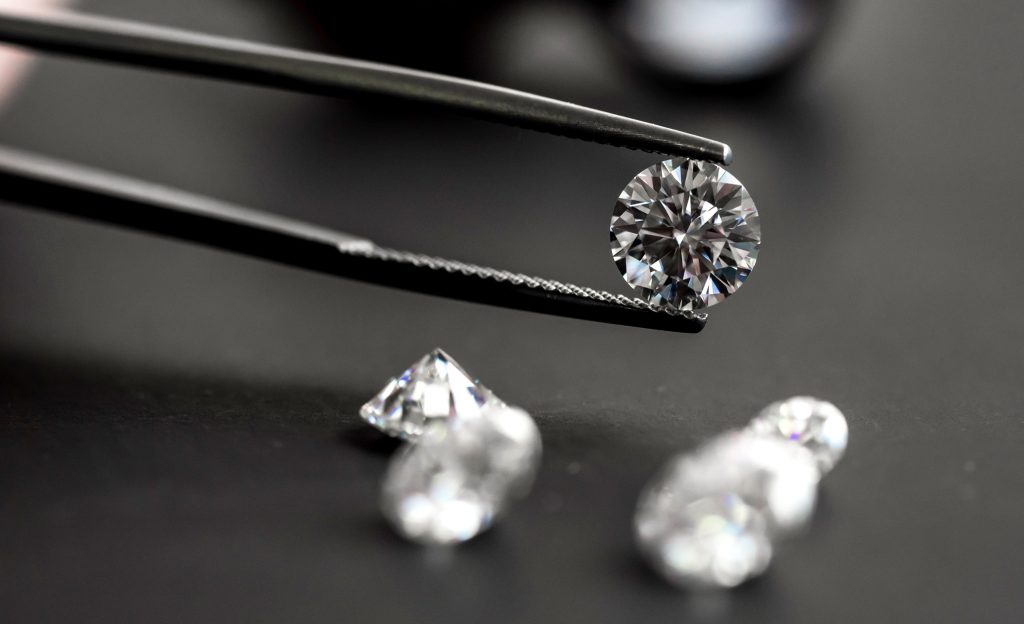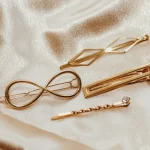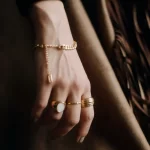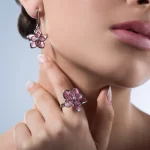INARIBYANKITA
Earth Mined Diamonds
The fascinating story of the diamond-
Diamond, among the rarest materials on earth, is a mineral and the hardest naturally occurring transparent crystalline substance found. Incredibly, it is the only gemstone made of just one element, carbon- in its purest form. Each diamond is the result of an extraordinary voyage, turning this natural element into the world’s most sought-after jewel. Diamonds were created deep within planet Earth where Carbon was subjected to high temperatures and pressures forming into perfect diamond crystals. Some diamonds were carried to the surface by volcanic eruptions. Diamond was probably discovered in one of the following locations:
Africa: Angola, Botswana, Central African Republic, Congo, Ghana, Guinea, Ivory Coast, Namibia, Sierra Leone, South Africa, Tanzania, Zimbabwe.
Asia: China, India, Indonesia, Russia.
North & South America: Brazil, Canada, French Guiana, USA, Venezuela
Oceania: Australia.
Once recovered and sorted, rough diamonds are sent to the diamond cutting centres.

01

Anatomy of diamonds-
A diamond is comprised of eight main components. They are Diameter, Table, Crown, Table Spread, Girdle, Pavilion, Depth, and Culet.
Diameter: The width of a polished stone, measured from edge to edge.
Table: The largest polished facet is located on the top of the diamond.
Crown: The top part of a diamond extending from the table to the girdle. The crown is made up of bezel facets (crown mains), star facets, upper girdle facets (upper halves), and a table facet.
Girdle: The very edge (widest edge) of the diamond where the crown and pavilion meet.
Pavilion: The bottom part of a diamond extending from the girdle down to the culet.
Depth: The total height of a diamond measured from the table to the culet.
Culet: The small or pointed facet at the very bottom of the diamond.
Diamond Chart-
The diamond size chart describes what would be the exact (mm) size of the diamond. It allows and helps people when choosing a specific cut and carat weight diamond. Natural Diamond Size chart is a great tool to determine the size of the centre stone and side stones. it also helps in determining the approx value of the diamonds. Most jewellers, designers and even retailers in the diamond and jewellery industry pay close attention to diamond size charts while diamond jewellery.
what is the main reason? we only source what is needed, When we know the exact mm size that will go into making the jewellery design, It is important to have diamonds are an exact size, so that diamond is not too loose, and don’t pop out. it also helps in reducing your sourcing need, instead of buying the whole packet, you know only what size you need, so you can utilize the save money anywhere else. In order to check the diamond quality, you should go through the diamond 4cs scale.
05
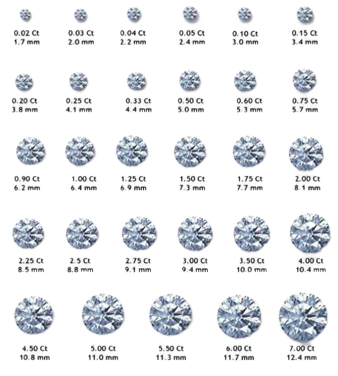
02

What makes diamonds so special-
In terms of ranking earth-mined gemstones and diamonds, the rarest are tanzanite, alexandrite, and other lesser-known gemstones. It is not yet possible to dig that deep to mine for diamonds. The diamonds we are able to mine reach the earth’s surface through deep source volcanic eruptions where magma rising from the earth’s core carry them to the surface. This process is basically volcanic eruptions. Diamonds are expensive as they are difficult to mine and thus quite rare. This is why there’s a significant value for diamonds that are bigger, cleaner, and stand out from the rest.
03
The 4c’s of the diamond-
Take a few minutes to study the 4 Cs (Cut, Color, Clarity and Carat) of diamonds below and become an informed engagement ring shopper.
Cut- The better a diamond is cut, the more sparkle it will have.
Clarity- Diamonds with few or no imperfections receive the highest clarity grades.
Colour- The more colourless the diamond, the higher the quality grade it will receive.
Carat- The unit of weight by which a diamond is measured. The price of a diamond rises exponentially to its size.
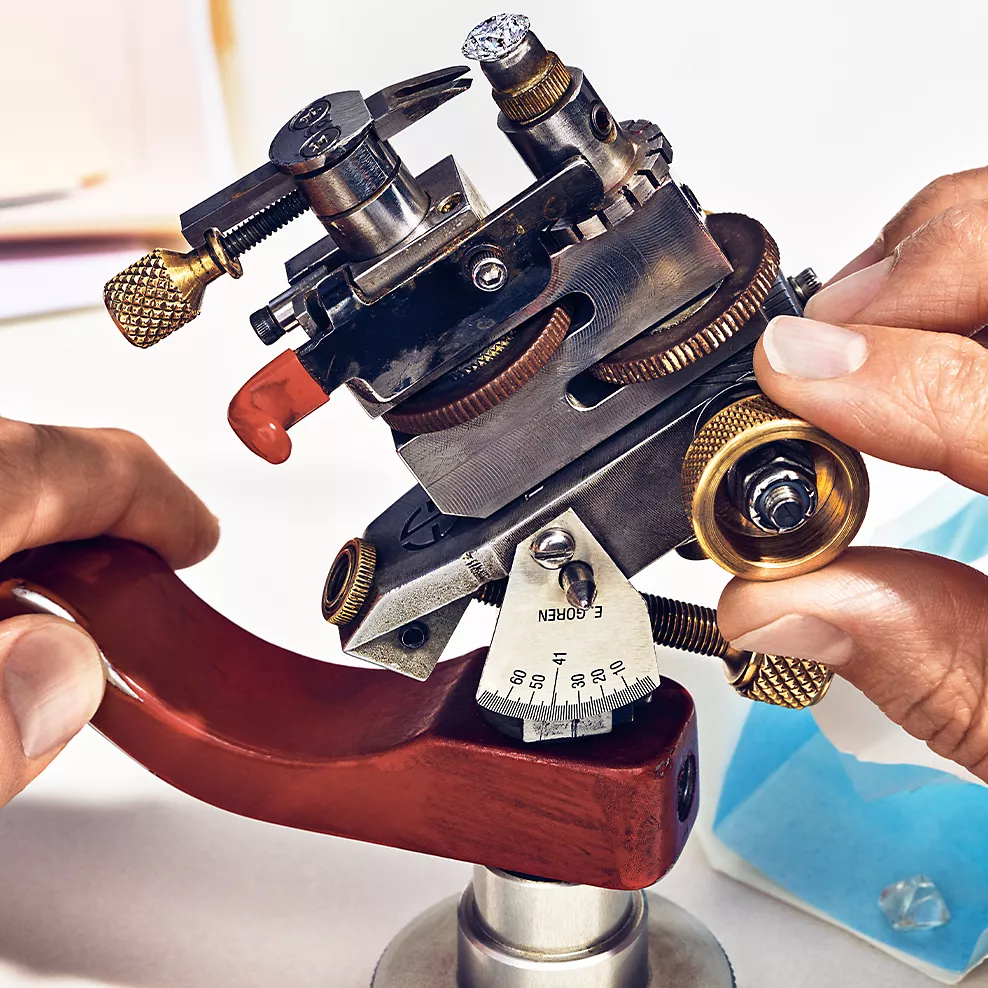
Cut
The better a diamond is cut, the more sparkle it will have.

Clarity
Diamonds with few or no imperfections receive the highest clarity grades.
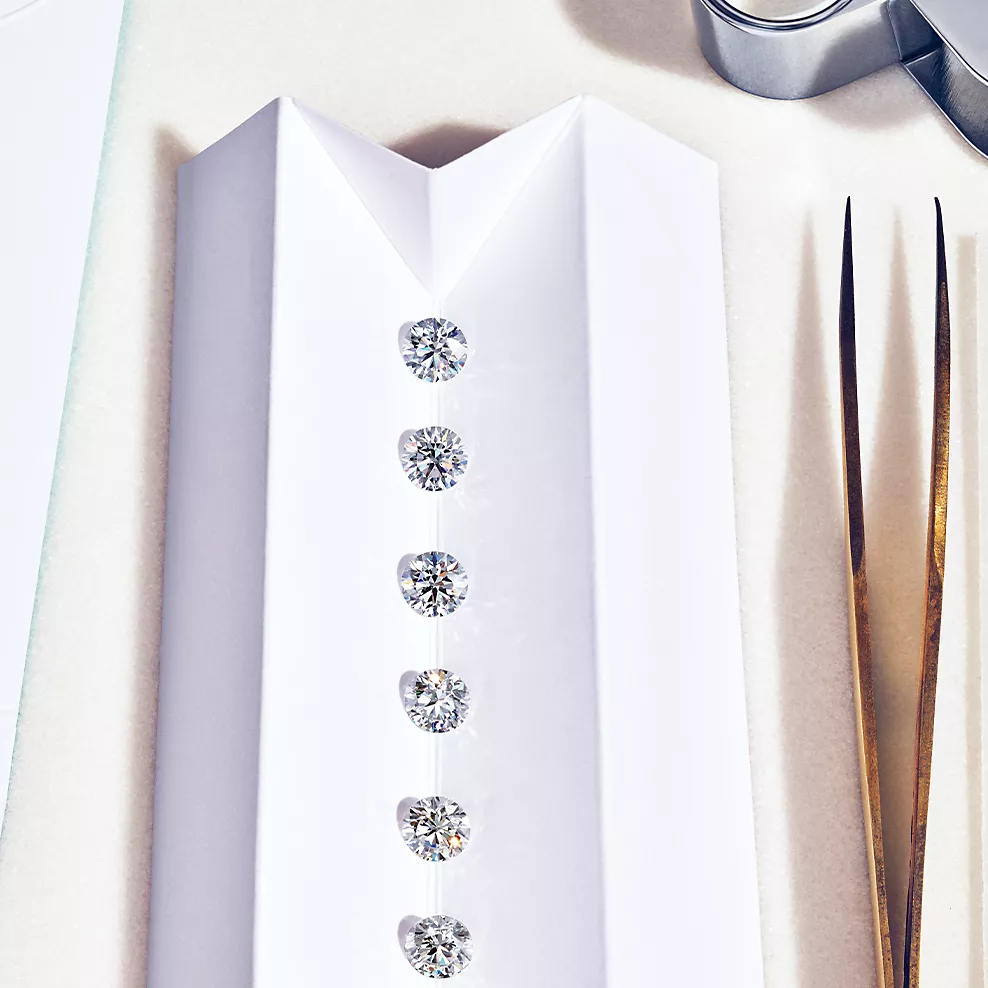
Color
Diamonds with few or no imperfections receive the highest clarity grades.
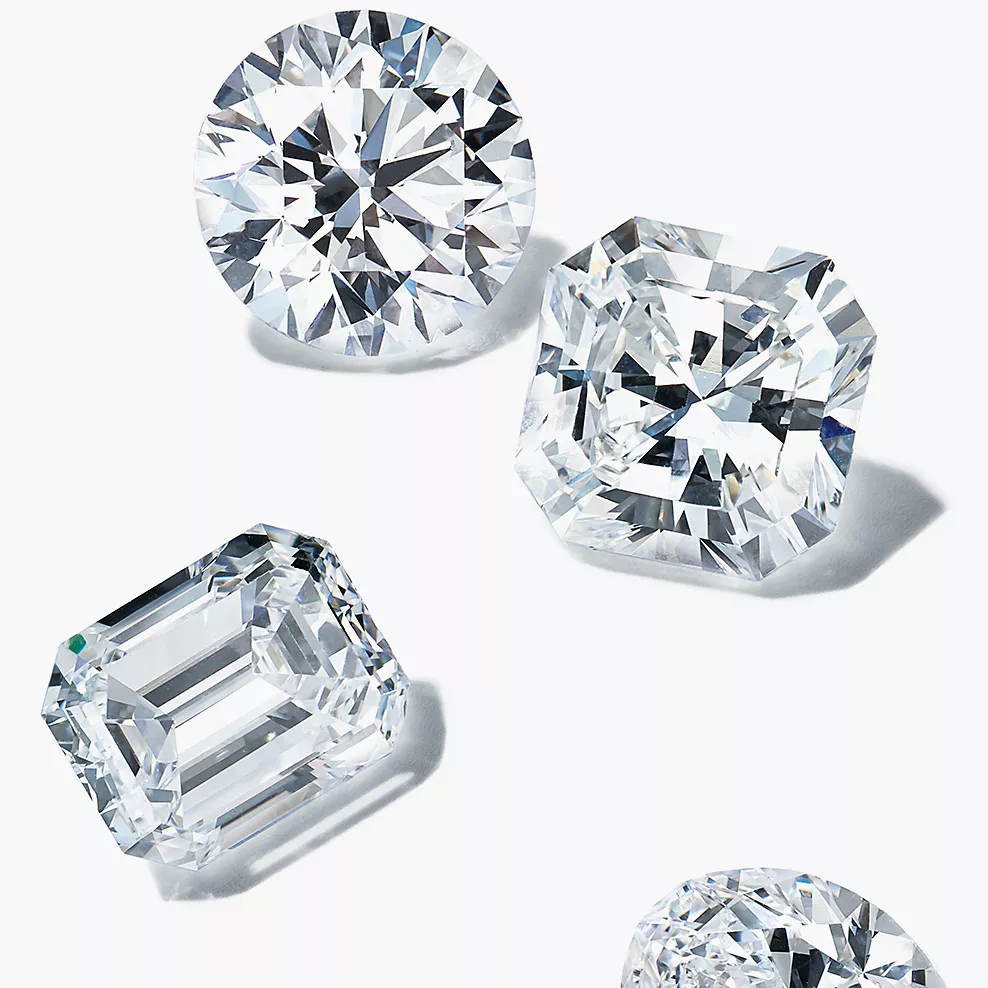
Carat
Diamonds with few or no imperfections receive the highest clarity grades.
Diamonds-
The word diamond comes from the Greek word “Adamas” meaning indestructible
A diamond’s fire, beauty and strength are unrivalled by any other gemstone. Known for their clear complexion and intense sparkle. Referred to as ‘the king of gems’ and girl’s best friend’
It takes millions of years of a diamond to be formed and carried upward toward the earth’s surface
An ancient symbol of love, it is the preferred gemstone for tokens of affection, such as rings, earrings, necklaces and bracelets. Ranges from colourless, to faint yellow or even brown, to rare pinks, blues, greens and other colours are known as “fancies”
The hardest and most brilliant of all gemstones are 10 cut out of 10 on the Mohs scale of hardness. Almost 100 times more resistant to scratching than the next hardest substance. Probably the most sought-after jewel. Dress in diamonds for a look of timeless glamour
04

04
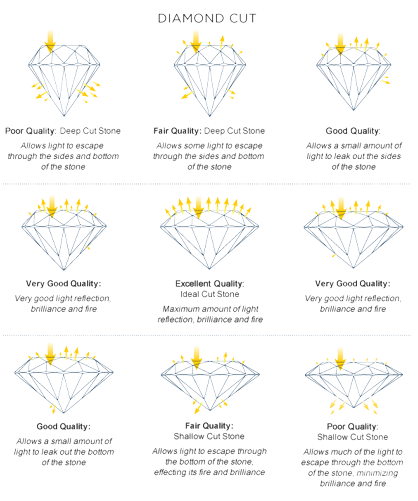
Diamond Cut-
Diamond cut is the summary of a diamond’s proportions evaluated using the attributes of brilliance, fire, and sparkle. While high marks of colour or clarity affect a diamond, it’s the cut that defines its proportions and ability to reflect light.
The Diamond cut scale is measured from Poor to Excellent. The Cut Grade of a diamond directly impacts its beauty; if a diamond is designed, cut, and finished properly, it will have a much more desirable appearance, even when compared to diamonds of higher colour and clarity grades. There are many factors that affect the brilliance of a diamond, the most important of which is its ability to reflect light.
Diamond Settings -

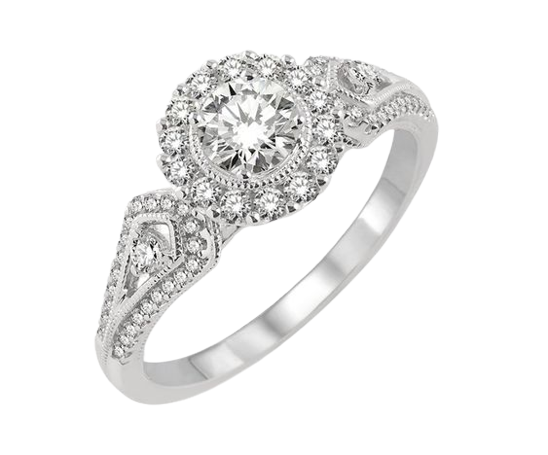
Prong
Prong setting or prong mount refers to the use of metal projections or tines, called prongs, to secure a gemstone to a piece of jewellery.
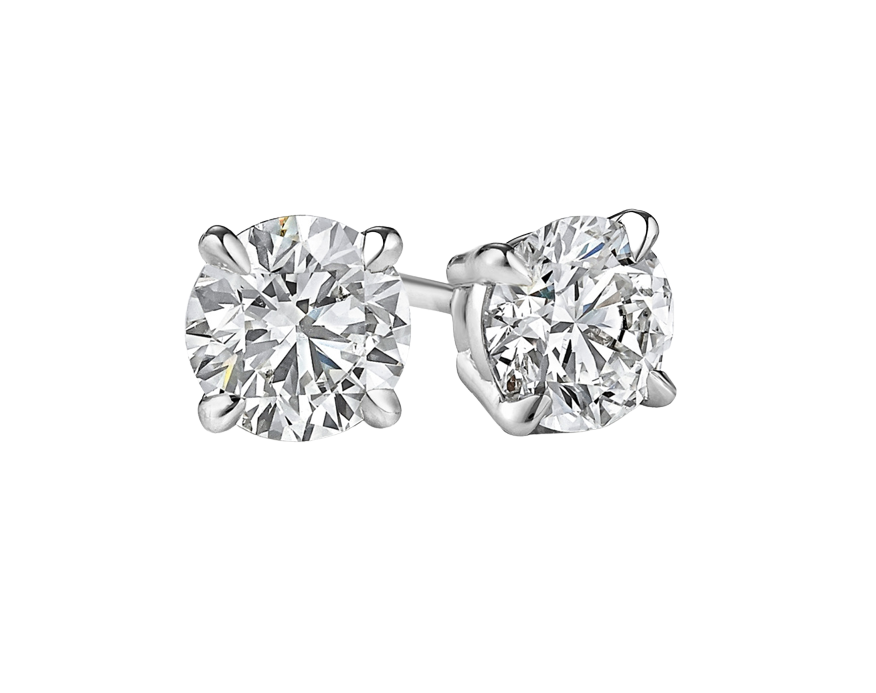
Solitaire
A diamond solitaire refers to any piece of jewellery with a single diamond. Diamond solitaires can be a ring, necklaces, earrings or even men's jewellery.
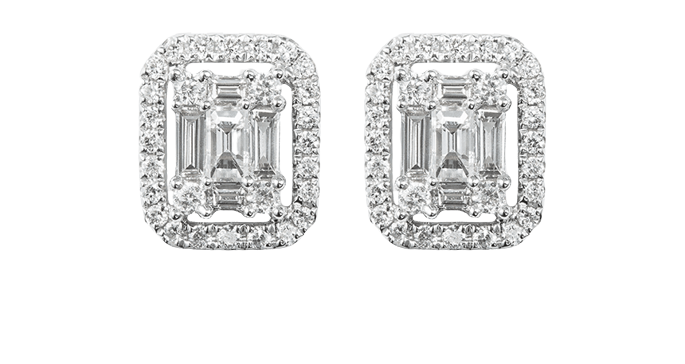
Illusion
An illusion setting is a prong setting designed to make a diamond look bigger than it actually is. This ring diffuses the outline of the stone causing it to look larger.
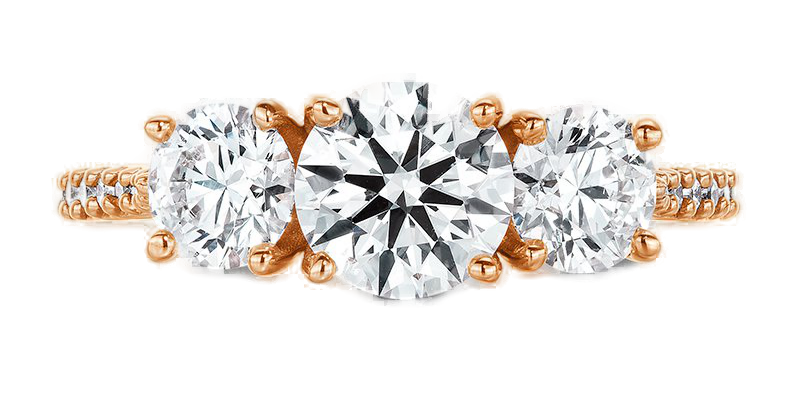
Three Stones
Three-stone diamond rings, also known as trinity rings or trilogy rings, are rings with three diamonds set horizontally in a row.
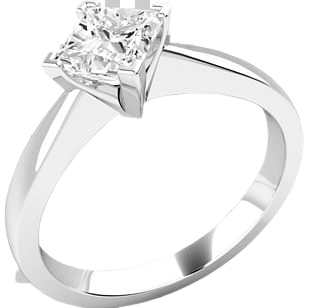
Tension
The tension setting is a ring setting that uses compression to hold a centre diamond or gemstone in place. This makes the stone appear as if it's floating between two pieces of metal or within the band itself.
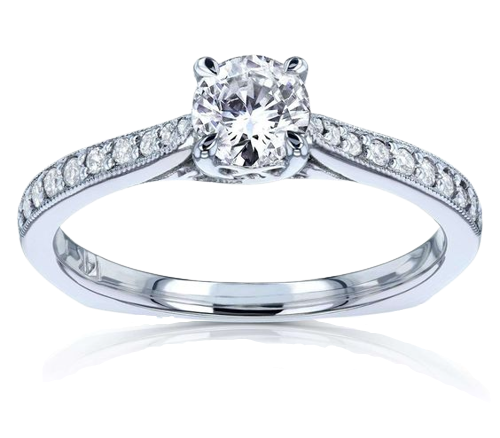
Trellis
Trellis settings are a very popular style of prong setting. Four interweaving prongs are shaped to hold the centre diamond, crossing over each other in a classically secure silhouette.
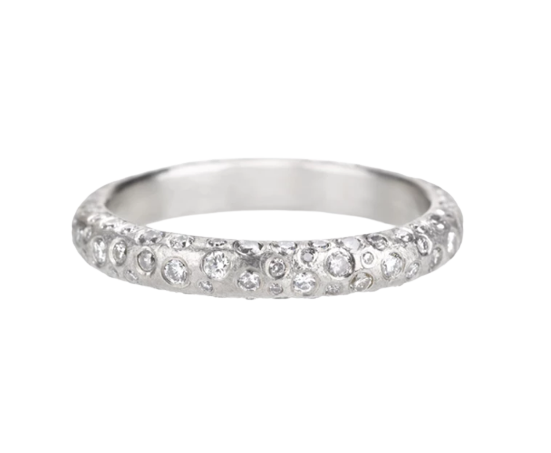
Flush/Gipsy
The flush setting, also known as the “hammered” or “gipsy” setting, sets a gem into a drilled hole in the metal. This means the gemstone sits flush with the surface of the metal and does not protrude.
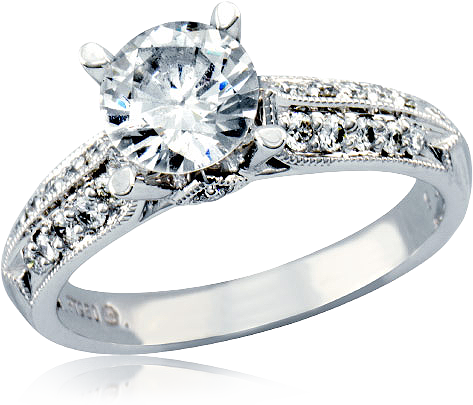
Cathedral
As traditional as the name implies, cathedral refers to the way in which the centre diamond is mounted and featured on the ring. The cathedral setting is defined by arching lines that rise up on each side of the centre stone, lifting it off the base of the setting.

Cluster
These diamonds are tiny, equally sized, and so cleverly positioned against one another that they create the visual impression of a larger, single diamond. Channel
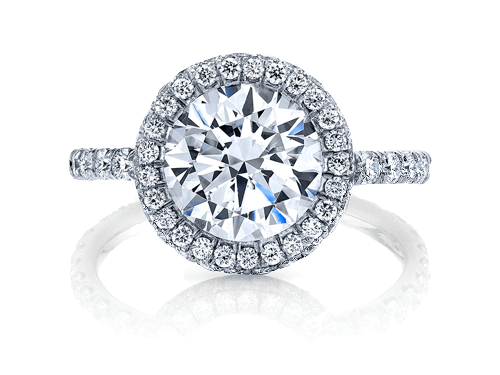
Halo
The halo setting is a ring of small accent stones, typically pavé diamonds, that encircle a larger centre stone.
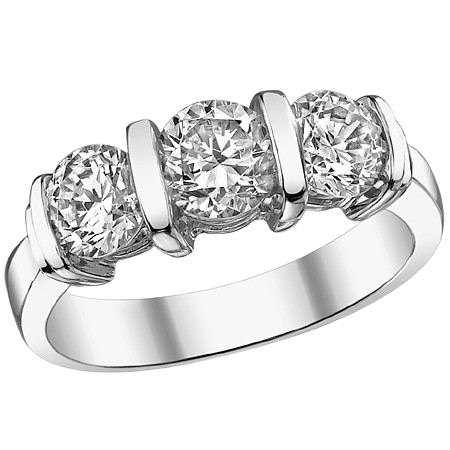
Bar
Bar settings are secured in place with vertical metal bars, allowing ample light to pass through the stones.
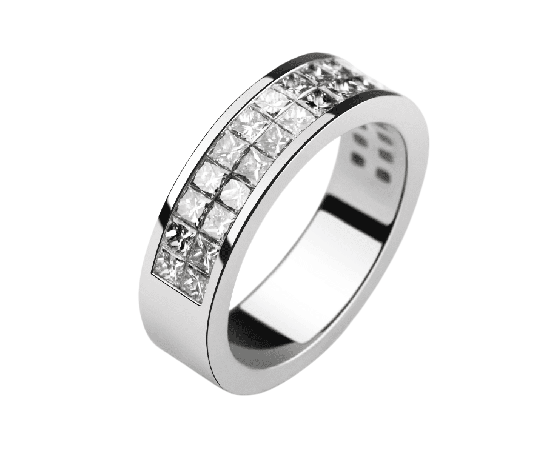
Invisible
Invisible set diamonds are not held in by any over-lapping metal; no prongs, no beads, just a smooth row of glorious never-ending diamonds.

Antique
Several varieties of antique diamond cuts exist in the market, depending on the time period and jeweller who cut the stone. Most antique cut diamonds offer a very romantic and soulful appeal.
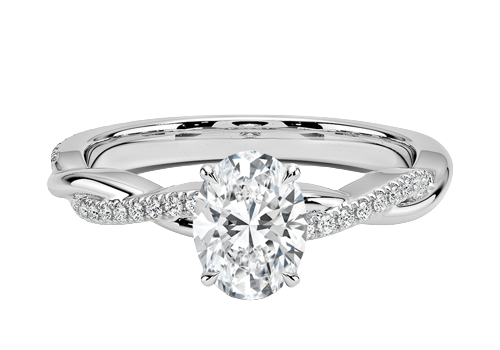
Twist
Setting a diamond in claws is a traditional style of securing the stone. The diamond is exposed to more light, so the diamond will have more sparkle. Adding a twist to the setting gives an engagement ring a modern look.

Pave
The French word translates to 'paved' and this jewellery technique was named as such because it resembles a paved or cobblestone road.

Bezel
Bezel settings use a type of elevated collar which wraps the rim of the diamond in a complete metal edging. This type of diamond ring setting is the most secure fastener for stones. The bezel setting also protects the diamond better than other types of settings
